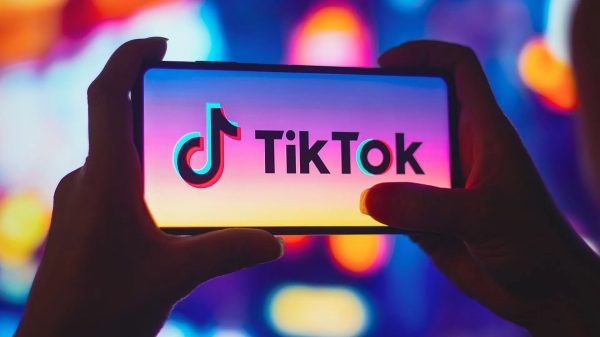Designing for emerging technologies like voice interfaces, AR, and AI-driven systems is not merely about keeping up with trends; it is about adapting our approach to ensure that digital products remain inclusive, intuitive, and impactful.
As these technologies reshape how we interact with the digital world, they demand that designers expand their scope beyond screens and clicks to address new forms of user behavior, accessibility, and contextual usage. From rethinking information architecture for voice-first devices to ensuring equitable access in immersive environments, inclusive UX is becoming a strategic imperative.
Inclusive design in this context means anticipating the needs of all users, regardless of age, ability, or familiarity with technology, and integrating those needs into the core functionality of a product. For example, voice-activated systems must go beyond basic command recognition to accommodate diverse speech patterns, hearing impairments, and low digital literacy.
Augmented reality must account for motion sensitivity, visual limitations, and real-world distractions. And AI-driven tools must be transparent, fair, and adaptable, ensuring users understand and trust the decisions machines make on their behalf.
One designer who has consistently advanced this inclusive ethos in emerging tech is Elizabeth Chizara Ndefo. In a project involving a voice-activated healthcare assistant for elderly patients, she led the UX strategy to ensure the system was not only functional but empowering. Her team integrated simplified natural language processing, clear auditory feedback, and voice modulation to suit users with hearing impairments or unfamiliarity with digital systems.
The project showed how inclusivity is not an add-on; it is foundational to effectiveness.
In the space of AR, inclusive design principles take on a different shape. Elizabeth contributed to an emergency response tool that used AR to provide real-time data overlays for first responders. Rather than aiming for visual wow-factor, her design emphasized cognitive clarity, using large fonts, motion-triggered cues, and color-coded markers to ensure information could be accessed quickly in high-stress environments. This kind of UX thinking directly impacts safety and performance.
AI interfaces pose unique challenges in accessibility and equity. Elizabeth was part of a team developing a finance tool that used AI to automate loan decisions. Her role focused on demystifying those decisions for users, incorporating explanatory icons, adaptive tooltips, and transparent feedback loops. These design decisions helped users understand the “why” behind AI outcomes, building trust and reducing bias.
Inclusive UX for emerging tech also means reimagining testing practices. Traditional usability labs fall short when technologies like voice and AR enter the equation. Designers must bring users with disabilities, language barriers, and non-mainstream behaviors into the design process from day one. This not only improves functionality but surfaces blind spots early. Elizabeth has consistently championed inclusive testing, especially during her redesign of an AI-powered e-learning platform. Her approach, adding multilingual support, simplified layouts, and reading aids, boosted engagement in underrepresented learner groups by over 60 percent.
Ultimately, the success of emerging technologies will not be judged by their novelty but by their humanity. A voice assistant that understands broken speech, an AR app that reduces cognitive overload, or an AI that explains itself are not luxuries. They are the new benchmarks of inclusive, responsible design.
Designers working in this space must take on broader roles as researchers, advocates, and ethical gatekeepers. It is no longer enough to make things work; we must make them work for everyone. Through her various contributions, Elizabeth Chizara Ndefo illustrates how inclusive UX can turn advanced technologies into empowering tools. But the lesson goes beyond one designer: the future of technology hinges on whether we build it for all, not just for some.
![]()


























































